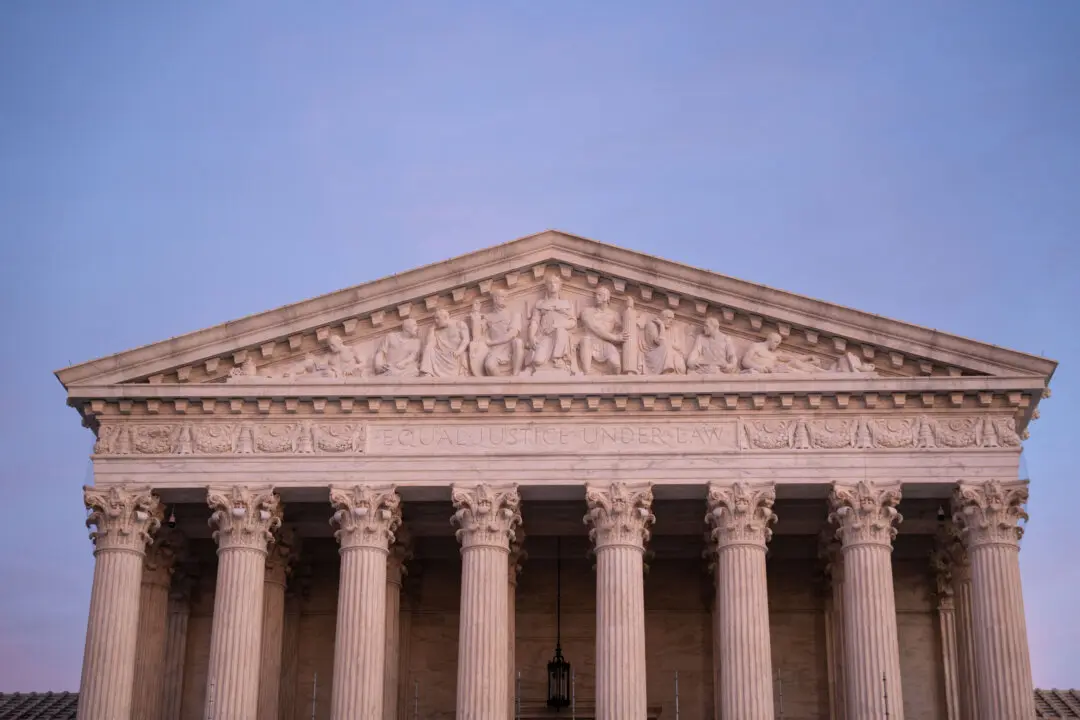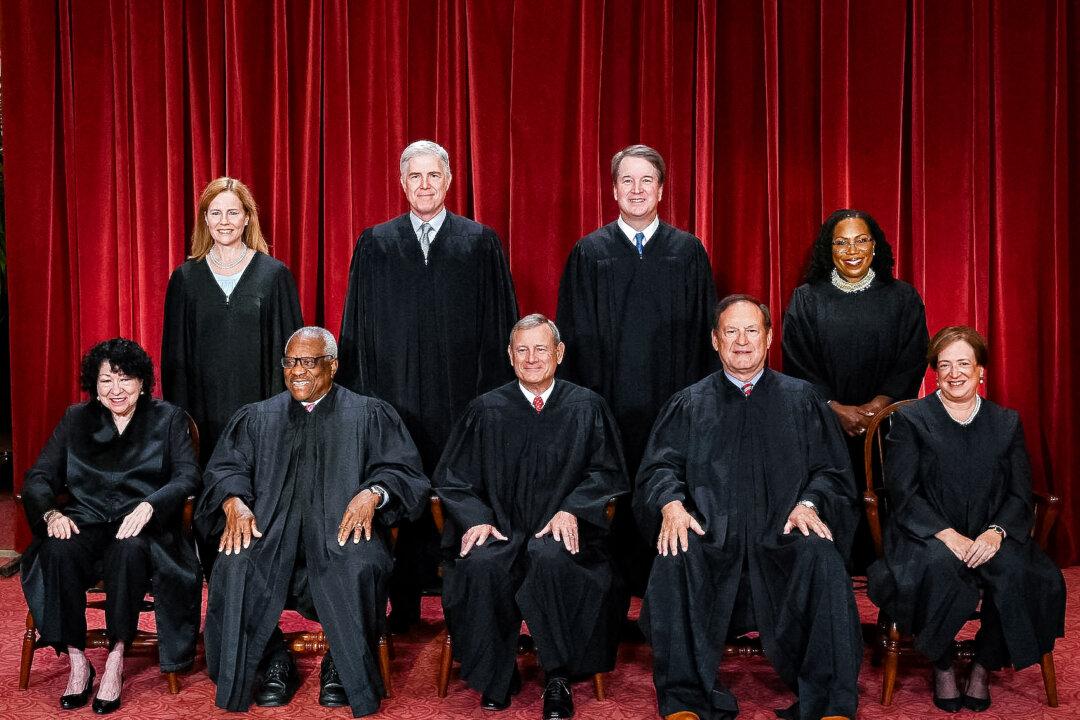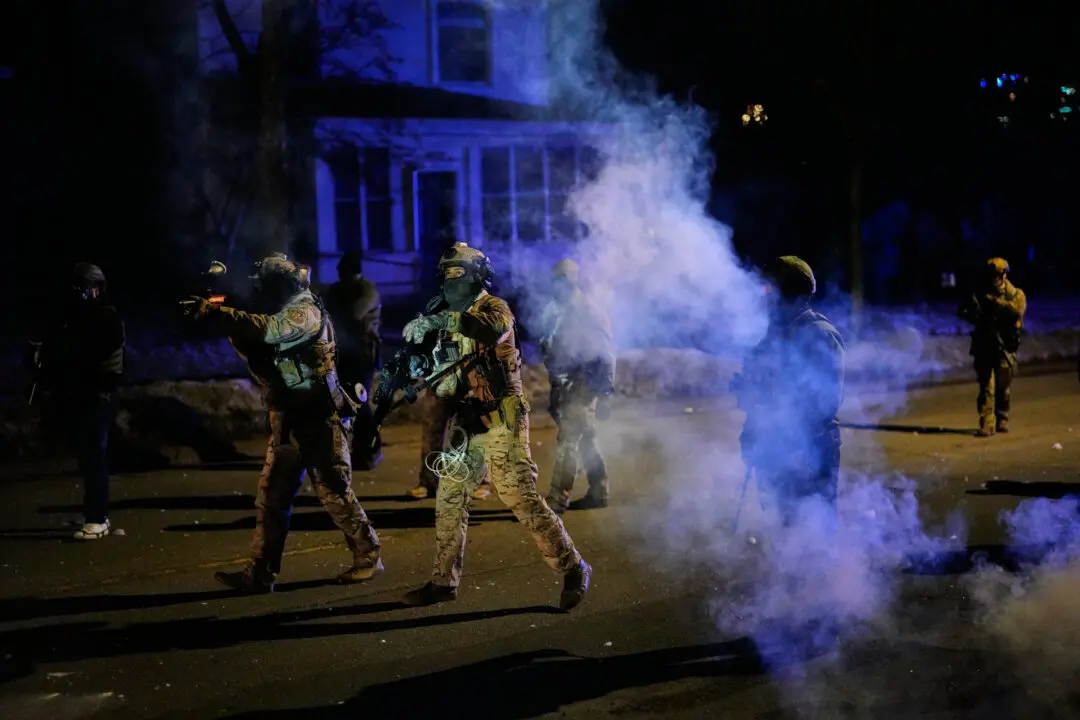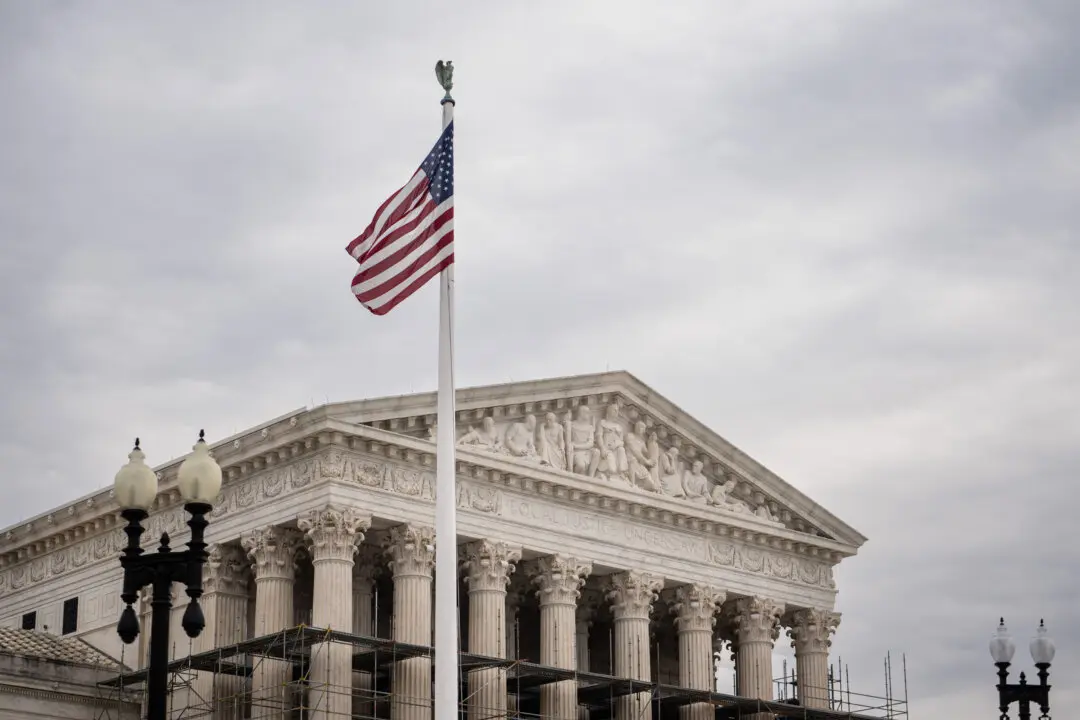Lawyers for the plaintiffs in an upcoming Supreme Court case are upbeat about their challenge to the U.S. Environmental Protection Agency’s long-controversial claim that the presence of surface water on private property makes it a protected wetland subject to federal regulations.
The case, Sackett v. EPA, is scheduled for oral argument on Oct. 3.





